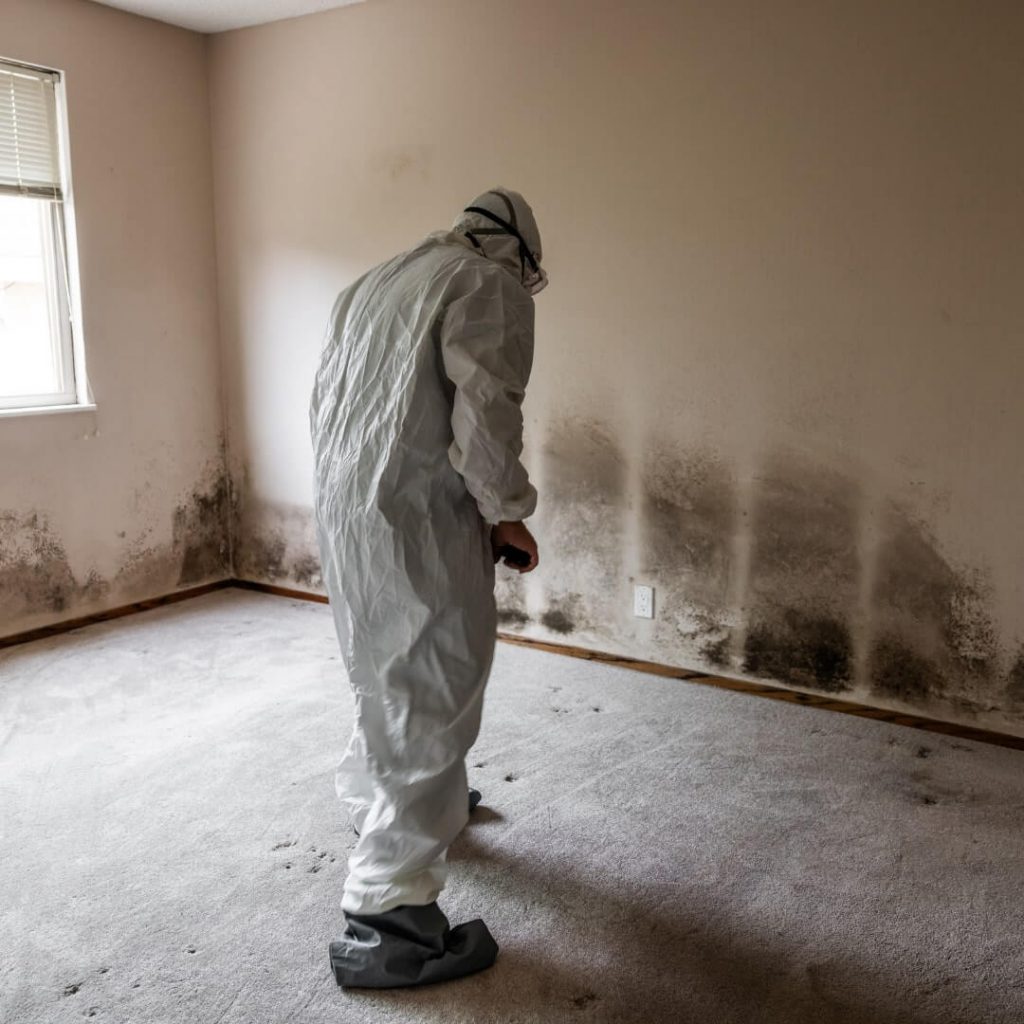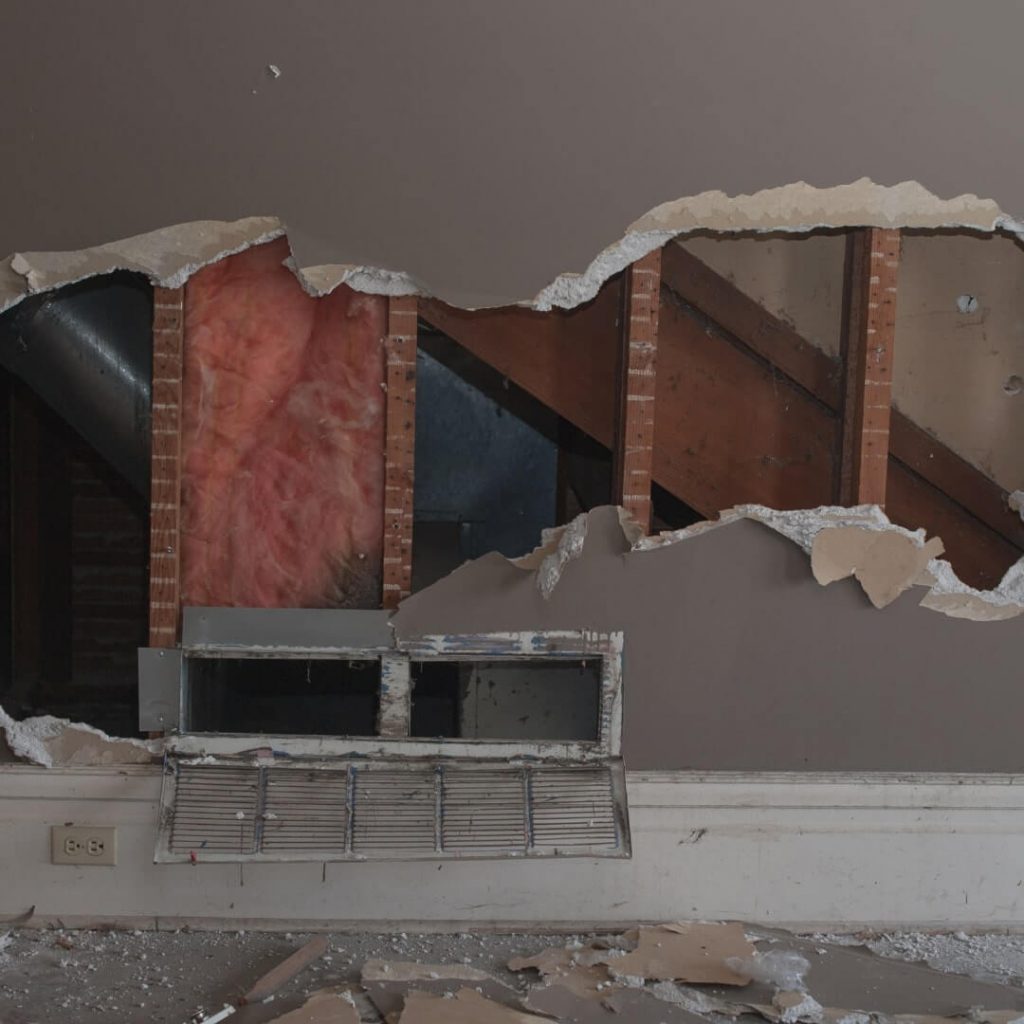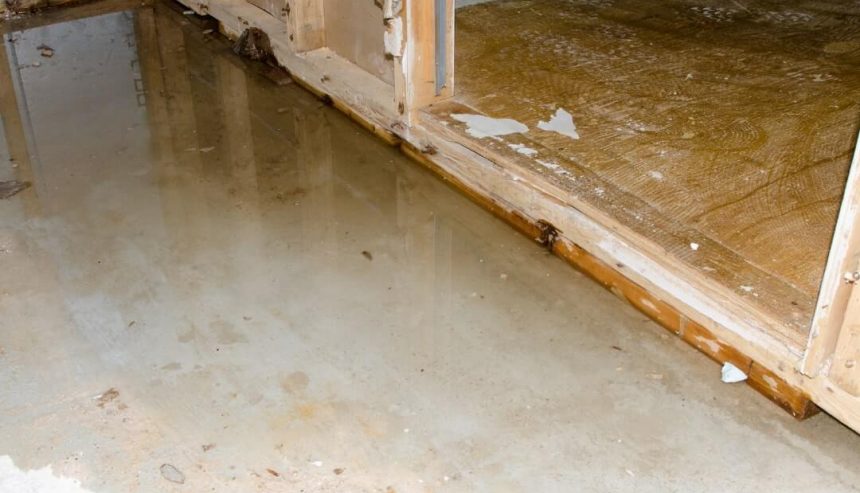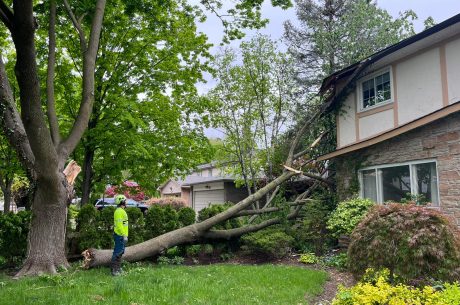Damage restoration services are professional services that help restore your home to its original condition after damage. These services encompass issues that can affect your property, ensuring that visible and hidden damages are addressed effectively. From structural repairs to thorough cleaning and sanitization, restoration services cover everything you need to bring your home back to its pre-damage state.
Understanding the full spectrum of these services will help you feel more in control during the restoration process, allowing you to make informed decisions with confidence. Let’s break down each of these services to see how they address specific types of damage and what you can expect from the restoration process.
Water Damage Restoration
Water damage can occur from sources such as floods, leaking pipes, or heavy rain. It is one of the most common and destructive issues you can face as a homeowner, potentially leading to costly repairs and replacements if not addressed promptly. Water damage can cause significant structural damage and lead to mold growth if not addressed promptly.
Water damage restoration involves more than just removing water; it requires a thorough approach to drying, cleaning, and repairing affected areas. Water damage restoration involves extracting the water, drying the affected areas, and repairing damaged structures. Professionals use advanced equipment and techniques to ensure all moisture is eliminated, preventing long-term issues such as rot and mold.
Steps in Water Damage Restoration
- Assessment: Professionals assess the extent of the damage using specialized equipment. This initial step is crucial for determining the scope of the restoration project and for identifying hidden areas of water intrusion that might not be immediately visible.
- Water Removal: They use pumps and vacuums to remove water from your home. Quick and efficient water extraction minimizes further damage and reduces the risk of mold and mildew growth.
- Drying and Dehumidification: Industrial-grade fans and dehumidifiers dry out the affected areas. By thoroughly drying the environment, restoration specialists can prevent secondary water damage and ensure a stable environment for repairs.
- Cleaning and Sanitizing: Surfaces are cleaned and sanitized to prevent mold and bacteria growth. This step is essential for restoring a healthy living environment and involves using antimicrobial treatments to eliminate potential health hazards.
- Restoration: Repairs are made to restore your home to its pre-damaged condition. This may include replacing drywall, installing new flooring, and making structural repairs to ensure your home is safe and sound.
Mold Remediation

Mold can develop within 48 hours of water damage and poses health risks to you and your family. It can cause respiratory problems, allergic reactions, and other health issues, making it imperative to address mold growth immediately. Mold remediation involves identifying and removing mold growth in your home. This process requires expertise and precision, as improper handling can spread spores and exacerbate the problem.
Process of Mold Remediation
- Inspection and Assessment: Mold specialists inspect your home to identify mold growth areas. They use specialized tools to detect moisture levels and locate hidden mold growth that might not be visible to the naked eye.
- Containment: Containment barriers prevent the spread of mold spores during removal. By isolating the affected areas, professionals can ensure that mold spores do not contaminate other parts of your home.
- Air Filtration: HEPA filters and air scrubbers clean the air of mold spores. This step is crucial for maintaining indoor air quality and protecting the health of your family during and after the remediation process.
- Mold Removal: Contaminated materials are removed, and surfaces are cleaned. Depending on the extent of the mold damage, this may involve removing drywall, insulation, and other building materials.
- Restoration: Any damaged structures are repaired or replaced. Once the mold has been removed, the focus shifts to repairing and restoring your home to its original condition, ensuring a safe and comfortable living environment.
Fire Damage Restoration
Fire damage can be devastating, affecting the structure of your home and your belongings. The aftermath of a fire is not only emotionally taxing but also requires a systematic approach to restoration to ensure safety and recovery. Fire damage restoration focuses on cleaning up fire and smoke damage and restoring your home. This process involves addressing various aspects of damage, including water damage from firefighting efforts and smoke residue.
Stages of Fire Damage Restoration
- Emergency Response: Quick action to secure the property and prevent further damage. Restoration companies often offer 24/7 emergency services to address immediate concerns and stabilize the site.
- Damage Assessment: Evaluating the extent of fire, smoke, and soot damage. This step involves a detailed inspection of the property to develop a comprehensive restoration plan.
- Water Removal and Drying: Addressing water damage from firefighting efforts. Like water damage restoration, this step involves extracting water and thoroughly drying the affected areas to prevent mold growth.
- Soot and Smoke Removal: Cleaning surfaces and air ducts to remove soot and smoke residue. Specialized cleaning techniques and equipment are used to eliminate persistent odors and stains.
- Cleaning and Repair: Restoring damaged areas and belongings to their pre-fire state. This may include repairing structural elements, repainting walls, and restoring personal items to salvage as much as possible.
The Importance of Acting Quickly

When it comes to damage restoration, time is of the essence. Immediate action can prevent minor issues from escalating into major problems, saving you time and money in the long run. Delaying restoration efforts can lead to more extensive damage and increased costs. For instance, untreated water damage can lead to mold growth, and smoke residue from a fire can cause permanent discoloration and odors.
Prompt intervention not only mitigates damage but also preserves the structural integrity and aesthetic value of your home. Acting quickly can also alleviate health risks associated with mold and smoke, ensuring a safe environment for your family.
Preventive Measures for Homeowners
While you can’t always prevent disasters, there are steps you can take to minimize potential damage. Being proactive in maintaining your home and preparing for emergencies can significantly reduce the impact of unforeseen events:
- Regular Maintenance: Keep your home’s plumbing, electrical systems, and roofing in good condition. Routine inspections and timely repairs can prevent minor issues from turning into major disasters.
- Install Detectors: Smoke detectors and water leak sensors can provide early warnings of potential problems. These devices are critical in detecting issues before they escalate, giving you time to take necessary action.
- Have an Emergency Plan: Be prepared with a plan and emergency contacts in case of a disaster. Having a well-thought-out plan ensures that everyone in your household knows what to do in an emergency, reducing panic and confusion.
Conclusion
Damage restoration services are essential in helping homeowners recover from unexpected disasters. By partnering with experienced professionals, you can navigate the complexities of restoration with greater ease and confidence.
By understanding the different types of restoration services and choosing a reputable provider, you can ensure a smoother recovery process. Remember, acting quickly and taking preventive measures can significantly reduce the impact of damage on your home.
With this comprehensive guide, you’re now better equipped to handle any damage restoration needs that may arise. Stay informed and prepared to protect your home and loved ones. Your proactive approach can make all the difference in preserving the safety, comfort, and value of your home.
For expert damage restoration services in Stevensville, don’t hesitate to reach out to PuroClean Emergency Restoration Specialists.




 PuroClean Emergency Restoration Specialists
PuroClean Emergency Restoration Specialists